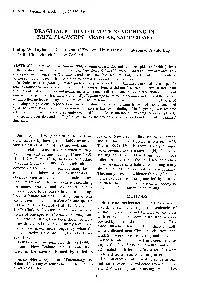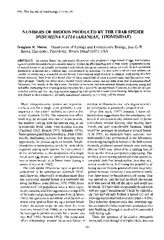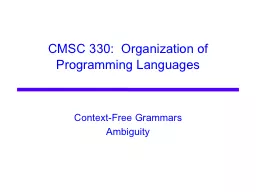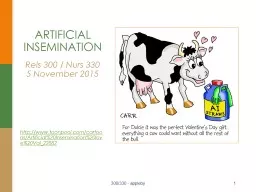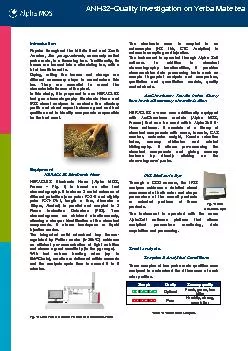PDF-1998. The Journal of Arachnology 26:330-334DRAGLINE-MEDIATED MATE-SEAR
Author : tawny-fly | Published Date : 2015-11-20
TAYLORSALTICID MATESEARCHINGFigure1Trite planicepsmale entering the cavity formed by a rolledup leaf of New Zealand flaxPhormium tenaxSpiders body length 11 mmwere
Presentation Embed Code
Download Presentation
Download Presentation The PPT/PDF document "1998. The Journal of Arachnology 26:330-..." is the property of its rightful owner. Permission is granted to download and print the materials on this website for personal, non-commercial use only, and to display it on your personal computer provided you do not modify the materials and that you retain all copyright notices contained in the materials. By downloading content from our website, you accept the terms of this agreement.
1998. The Journal of Arachnology 26:330-334DRAGLINE-MEDIATED MATE-SEAR: Transcript
Download Rules Of Document
"1998. The Journal of Arachnology 26:330-334DRAGLINE-MEDIATED MATE-SEAR"The content belongs to its owner. You may download and print it for personal use, without modification, and keep all copyright notices. By downloading, you agree to these terms.
Related Documents

